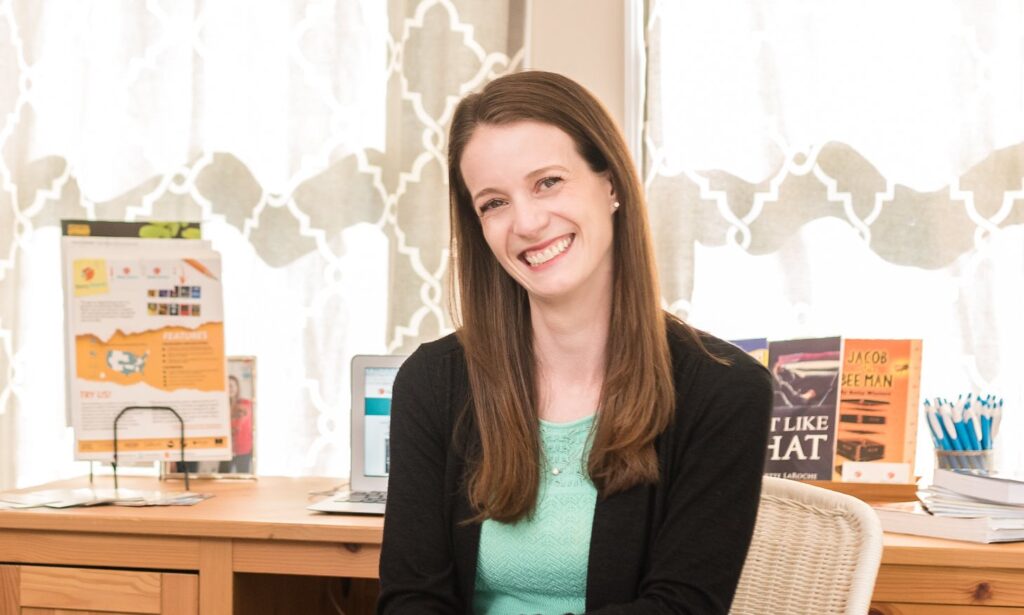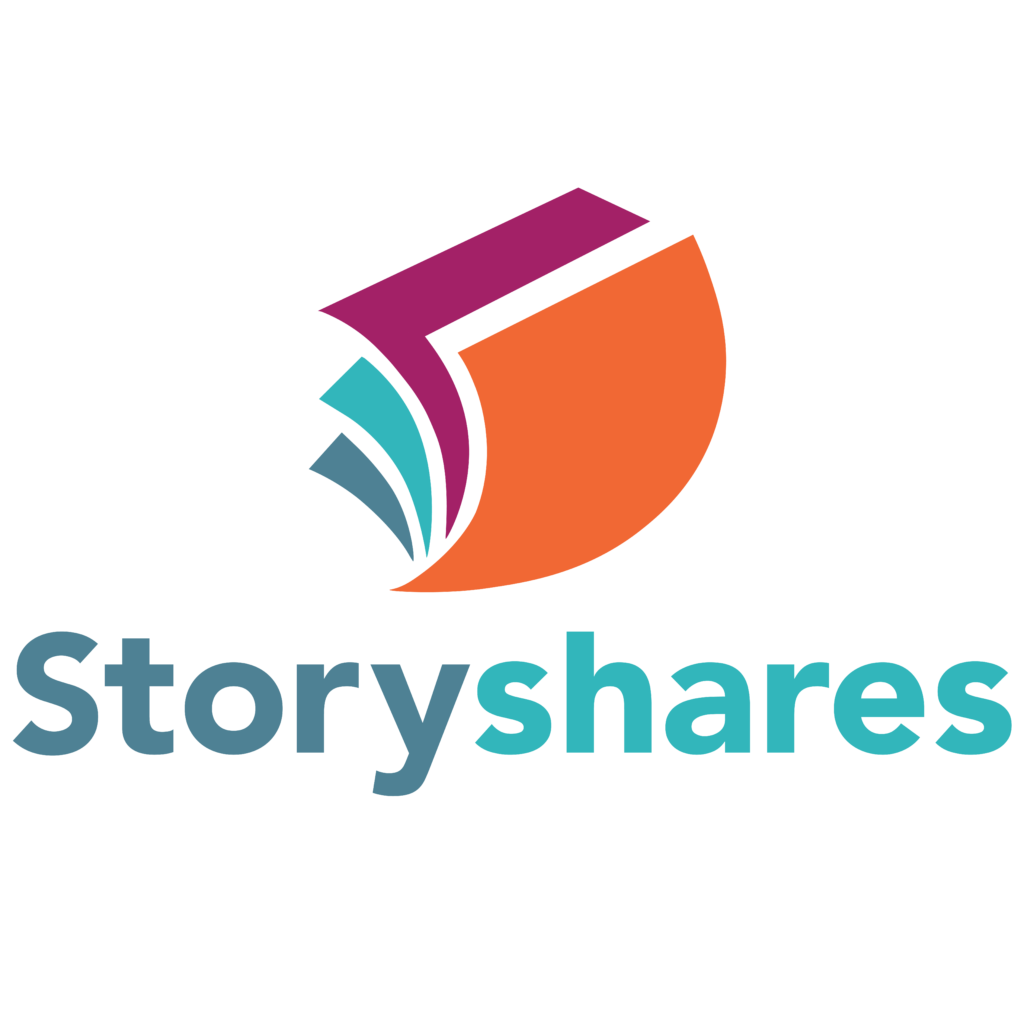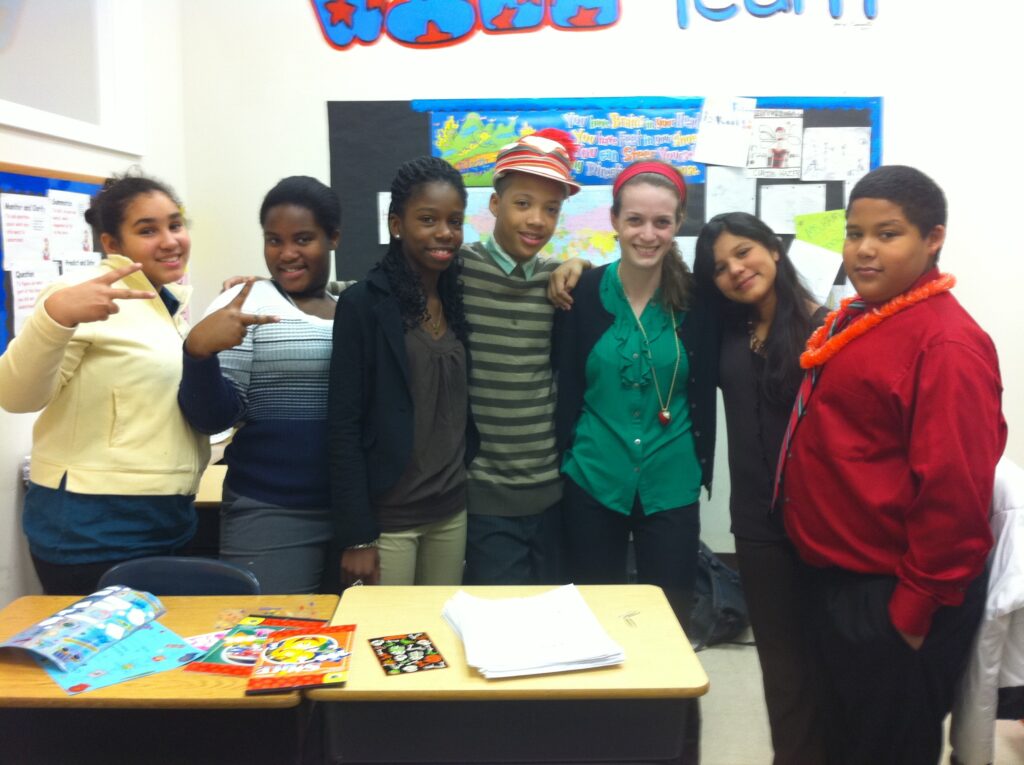I am a teacher at heart, nurtured in a home brimming with books where any available wall space was transformed into a bookshelf. This reading-rich upbringing vividly contrasted with the lack of educational resources I encountered just 20 minutes away in West Philadelphia, where I volunteered during my middle and high school years. Witnessing students far behind in essential skills, even as early as Kindergarten, ignited my passion for educational equity. Questions arose: How could we provide access and skills to children in underserved communities to help them thrive in school and beyond? How could we bridge these critical gaps that shadow their potential?

I pursued my undergraduate studies at Cornell University, majoring in English and Psychology. After graduation, I joined Teach for America, teaching in Lynn, Massachusetts, while simultaneously earning my Master’s in Education from Boston University. As a teacher at KIPP Lynn, I interacted with middle school students who were newcomers to the U.S., often from countries like the Dominican Republic and Haiti. Despite their wisdom and potential, many struggled with basic reading skills, limiting their academic success. My search for engaging, accessible books for these students was fruitless, fueling my desire to find a solution.
Leaving the classroom, I served as a program manager at a family foundation in New York City, where I piloted initiatives addressing this significant literacy gap. This experience birthed Storyshares, a project dedicated to transforming literacy for older striving readers. I have been honored with recognition from esteemed organizations, including Forbes and the International Literacy Association.
Today, amidst a national focus on literacy reform, Storyshares stands poised to align the Science of Reading with culturally relevant practices for the millions of students who, having surpassed 3rd grade, still struggle with reading. Our commitment is to scale our impact and transform outcomes for these underserved learners.with reading. Our commitment is to scale our impact and transform outcomes for these underserved learners.
1. Tell us about your company and the problem it solves, or its benefit to learners or educators.

Storyshares addresses the significant literacy challenges faced by students, particularly older striving readers. According to the National Assessment of Educational Progress (NAEP), over two-thirds of 4th graders are not reading proficiently, and this issue escalates as students progress through middle and high school. Recognizing that most available reading materials cater to younger audiences, Storyshares creates engaging and culturally relevant books for older striving readers at any reading level. Our mission is to inspire a love of reading and enhance literacy skills by sourcing new titles from a global community of authors. We provide authors with the necessary tools and guidance to write books that are “easy to read, hard to put down.” In doing so, we have created a library of books that meet any and every reader at their intersection of interest and ability. Through this initiative, we offer both learners and educators meaningful literacy resources that greatly improve reading outcomes.
2. What is the challenge educators face today that is fixable?
Teachers of students in grades 3-12 face two crucial but fixable challenges when it comes to supporting the striving readers in their classrooms. The first is that they are not able to find books that are engaging and relevant to their middle or high school students but which are also readable at a range of lower skill levels. As teachers work to empower older students to strengthen their literacy proficiency, they know that they cannot have them read books that were written for first or second graders; these books feel immature and embarrassing to secondary students. However, the books that were intended for their age and interests are too difficult for them to access. Teachers seek just-right content for their students to choose from for reading practice, titles that are intriguing and representative while also meeting students where they are as they work to scaffold up their skills. Storyshares addresses this challenge by developing decodable chapter books and high-low titles specifically for students in grades 3-12, featuring older characters, more complex topics and themes, and mature imagery to appeal to pre-teen through young adult readers.
The second key challenge is that secondary teachers were not trained in how to teach reading, as the assumption to date has been that students can read by 4th grade, at which point they are able to “read to learn.” Unfortunately, with the state of literacy in our schools today, well over half of students in any given classroom cannot analyze literary themes or imagery because they lack the foundational literacy skills they need to access it. We often hear from teachers who say, “I became a middle school teacher expecting to teach literature, but my students can’t read, so I have to teach literacy first. And I do not know how to do that.”
3. What is the challenge educators face today that will persist?
We often talk about the “Reading Wars” when it comes to literacy instruction, which represents a continual pendulum swinging around the ‘right way’ to teach reading. For much of the first half of the twentieth century, there was an emphasis on phonics-based reading instruction. But by the 1980s, this approach began to be replaced with Balanced Literacy, which deemphasized phonics instruction and instead promoted a “whole language approach” to teaching reading. This movement developed leveled reading instruction and largely emphasized comprehension strategies over decoding and phonics.

Personally, I am not a fan of the term “reading wars,” because I think it frames literacy instruction as a battle rather than a cohesive and collaborative process, which relies on us collectively building on what works, while also being comfortable with abandoning that which does not. The Science of Reading movement, which has taken hold in the past several years, attempts to address this by capturing the research-based methodologies for what works to inform teacher training, policy, and curriculum for reading. However, there is still a tendency to “throw the baby out with the bathwater,” resulting in us reacting too strongly to that which came before by reverting to something entirely new. I think this challenge will continue to persist, but its best antidote is to look critically at what rises to the top at each stage versus engaging in battles that require us to start from scratch each time.
4. What are the areas of education or training and workforce development that are being overlooked?
As mentioned above, there is a key gap in training for educators of secondary students when it comes to the Science of Reading: and developing the skills and knowledge to provide targeted instruction and intervention for late elementary through high school students who are still learning to read. While recent shifts in our approach to teaching reading have had a significant impact on educator training programs for the early grades (K-3), these same core principles and approaches must extend up beyond the third grade, to enable secondary teachers to support their striving readers and enable them to improve their skills. I recently wrote this Op-Ed for Mass Live in response to the Massachusetts “Literacy Launch,” where I spoke to this key need: for our literacy reforms to not stop in third grade, but instead, extend up through 12th grade to give the teachers and students the tools to develop literacy, starting wherever they are.
5. What do you foresee will be a challenge in education in three to five years?
I think there is a crucial shift that we will soon begin seeing, as schools, districts, universities, and policies recognize the crucial need to apply the science of reading to the older grades. This is a challenge because learning to read as an older student is different from learning to read as a Kindergartener, bringing with it the social-emotional factors of discouragement, stigma, and relevance. But it is not an insurmountable challenge, and fortunately, school does not end in third grade. Reading instruction should not either. I am hopeful that this is a challenge that our schools and thought leaders will turn their attention to in the years to come, paving a pathway to literacy for the millions of students who need support beyond the typical age of reading instruction.


